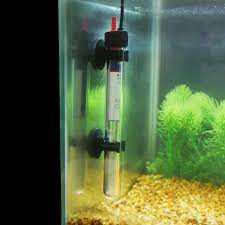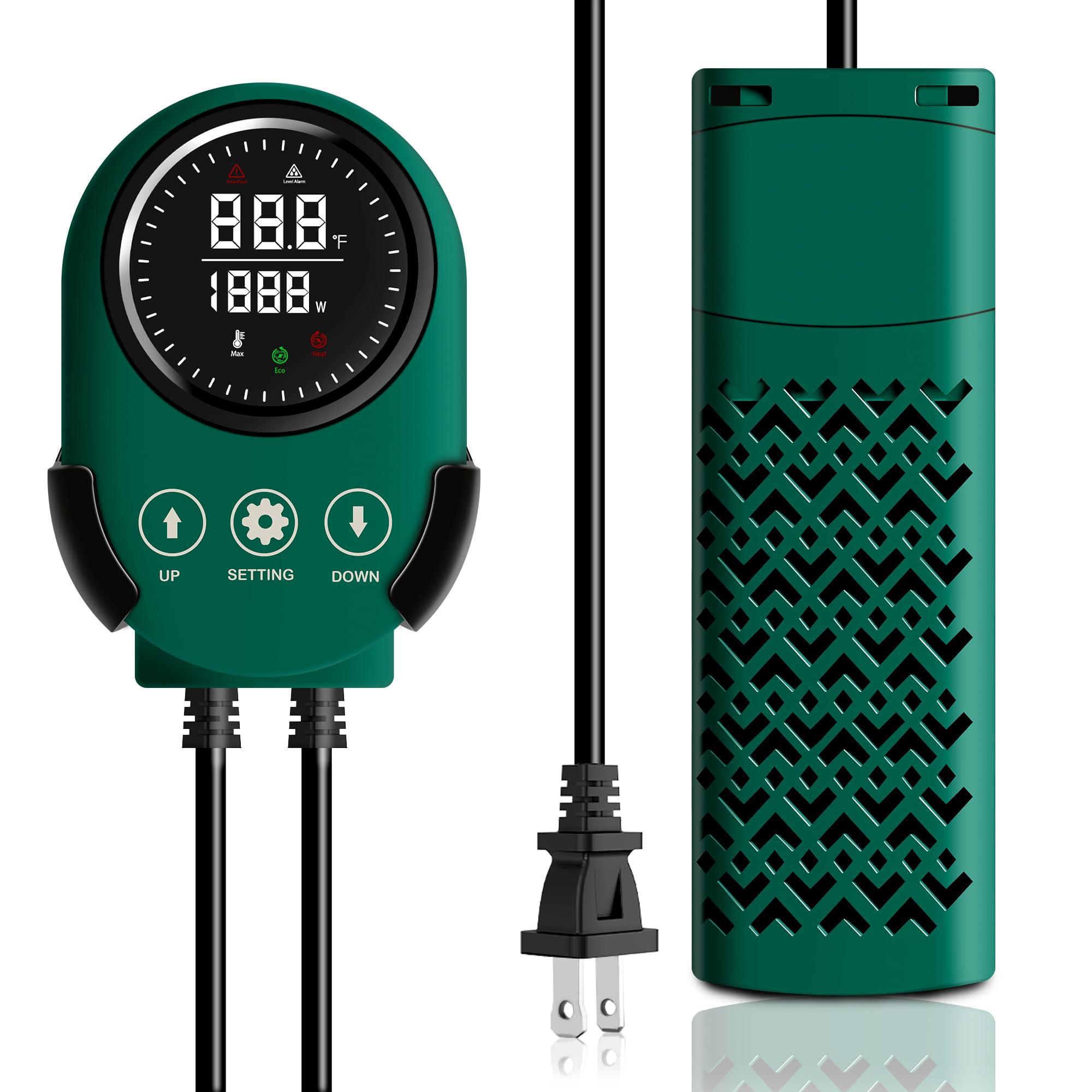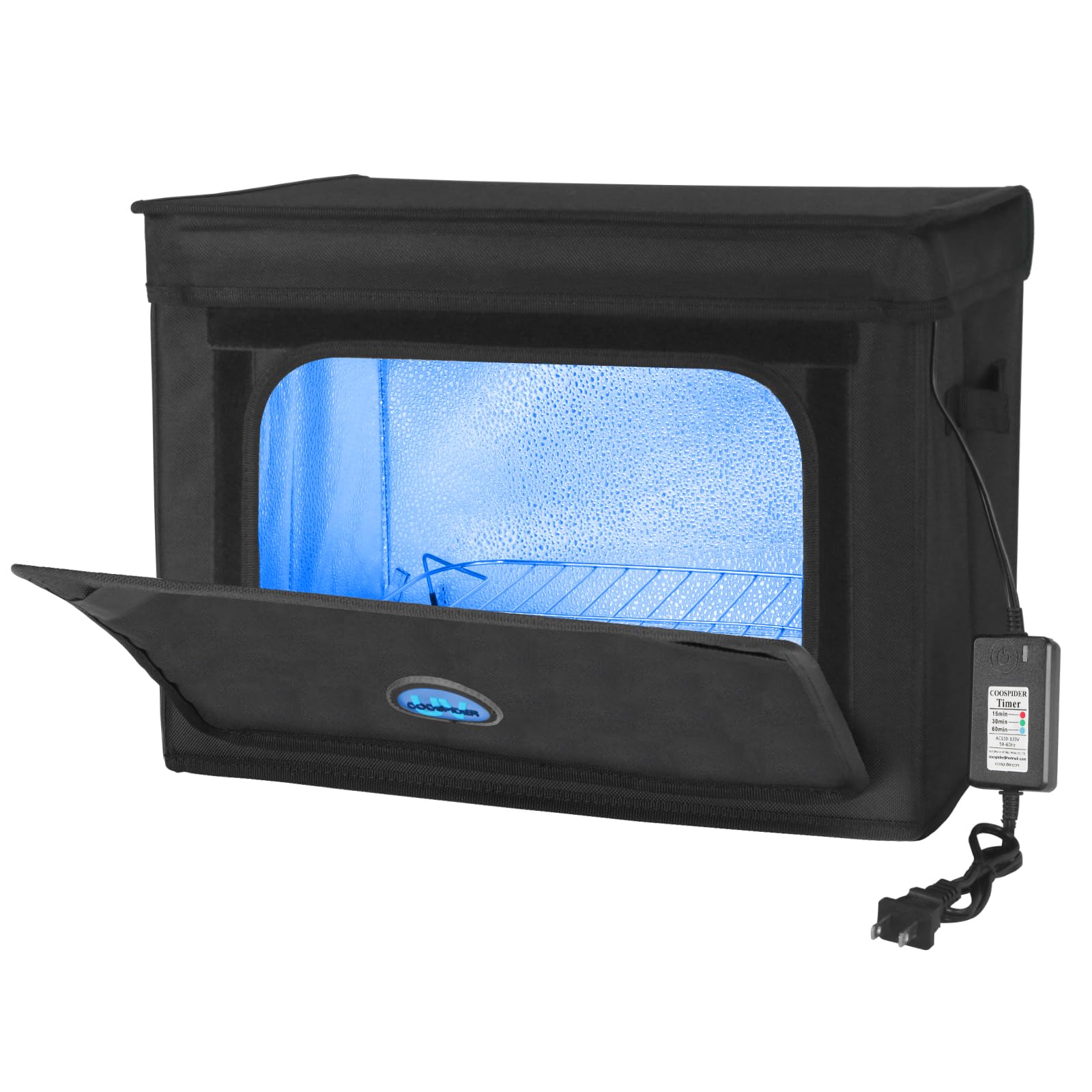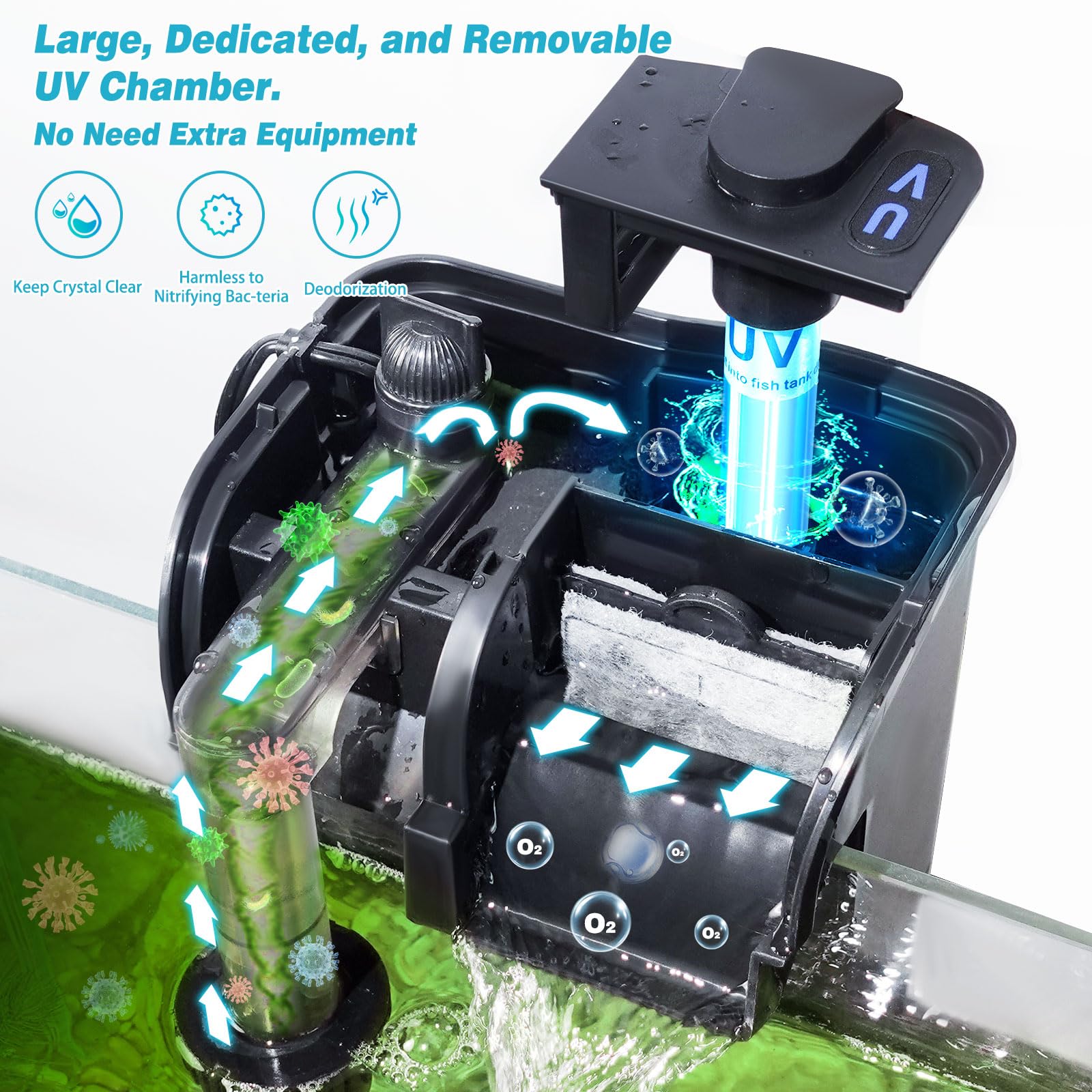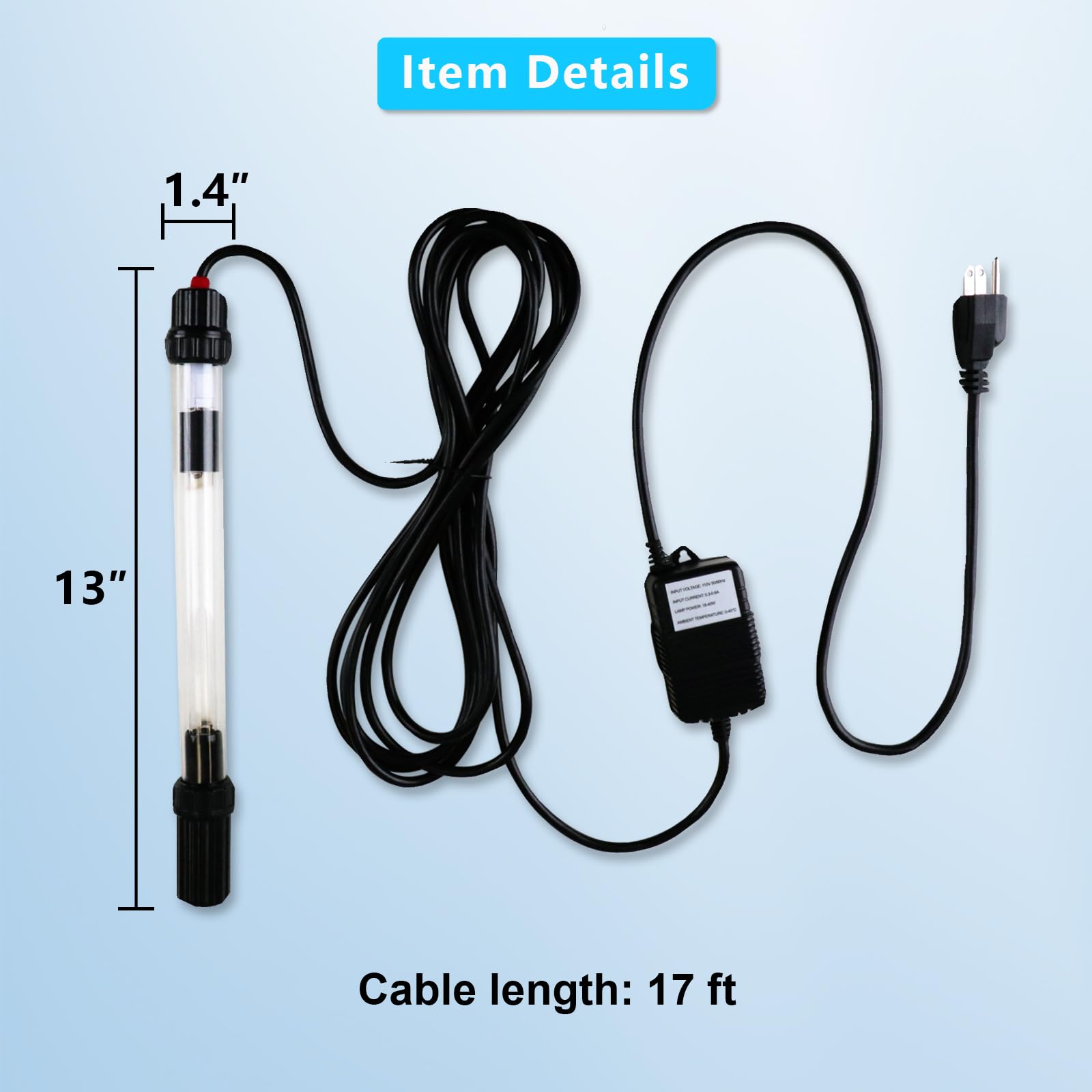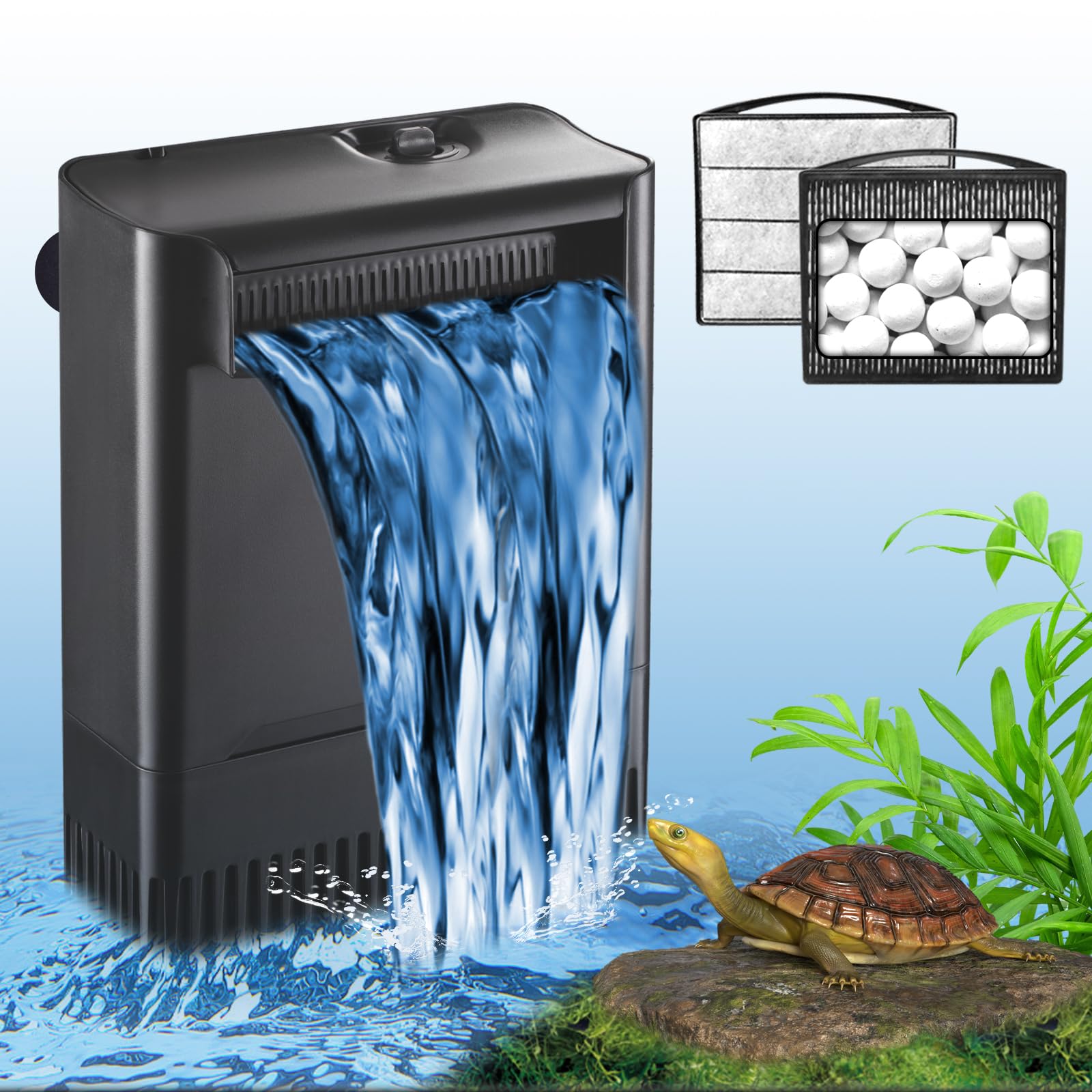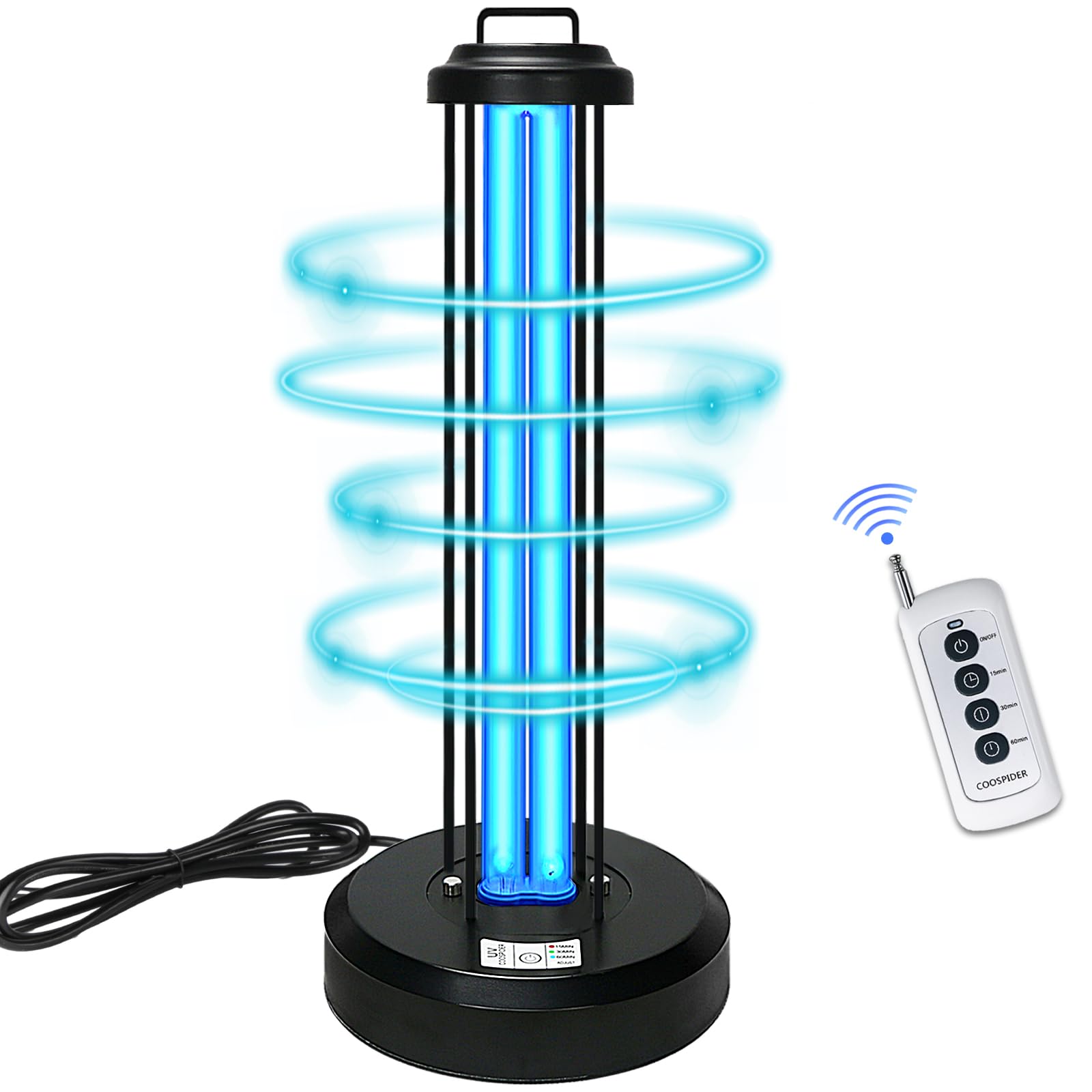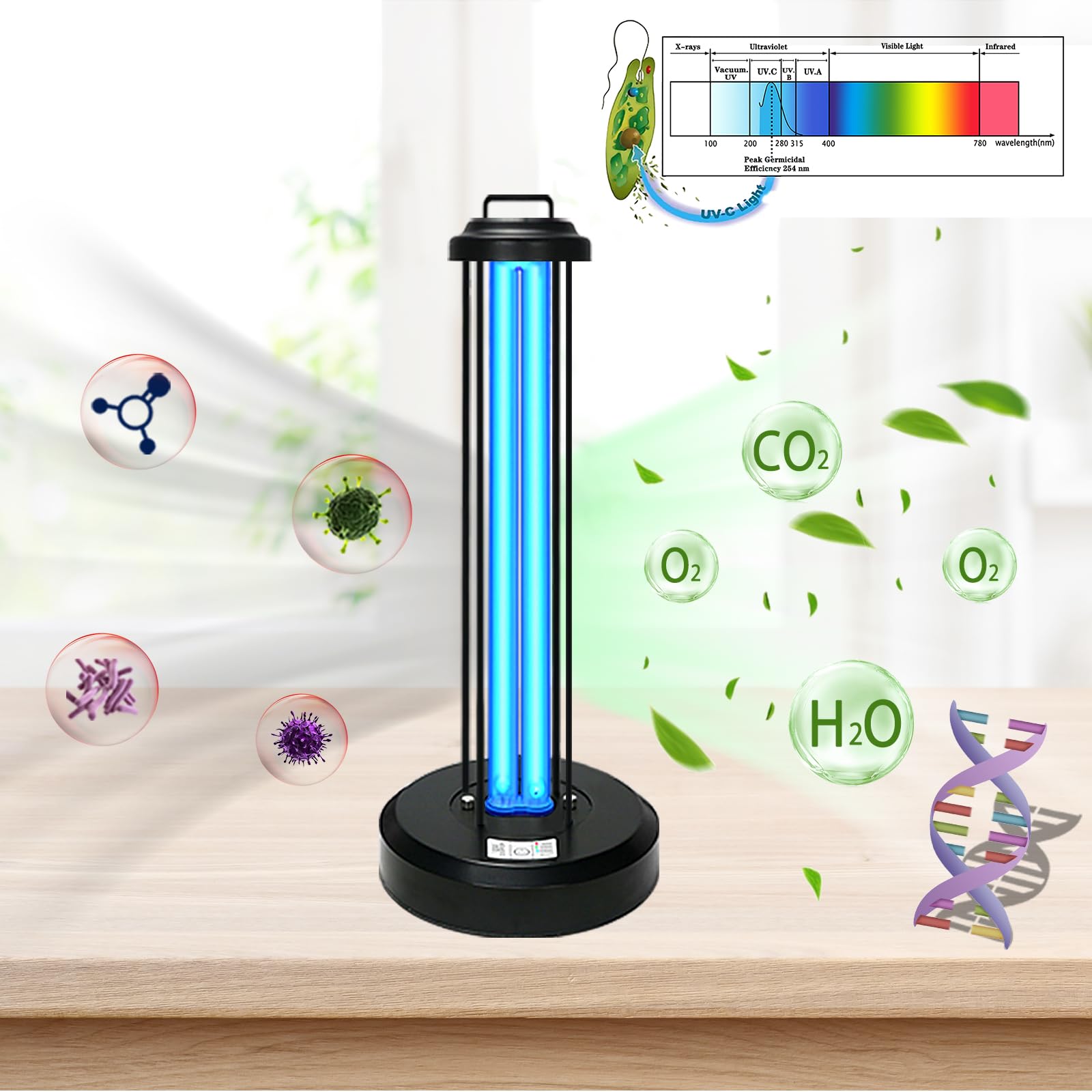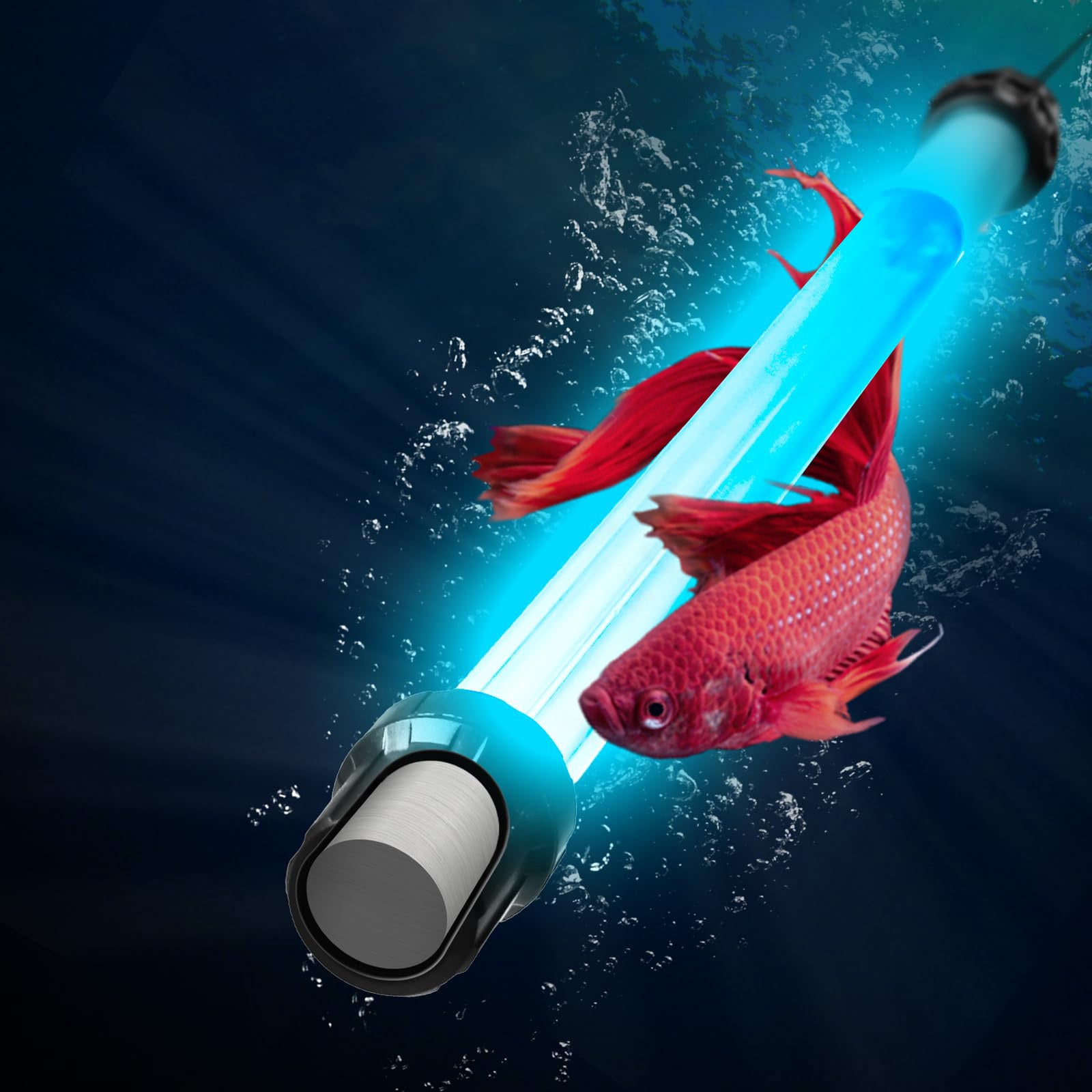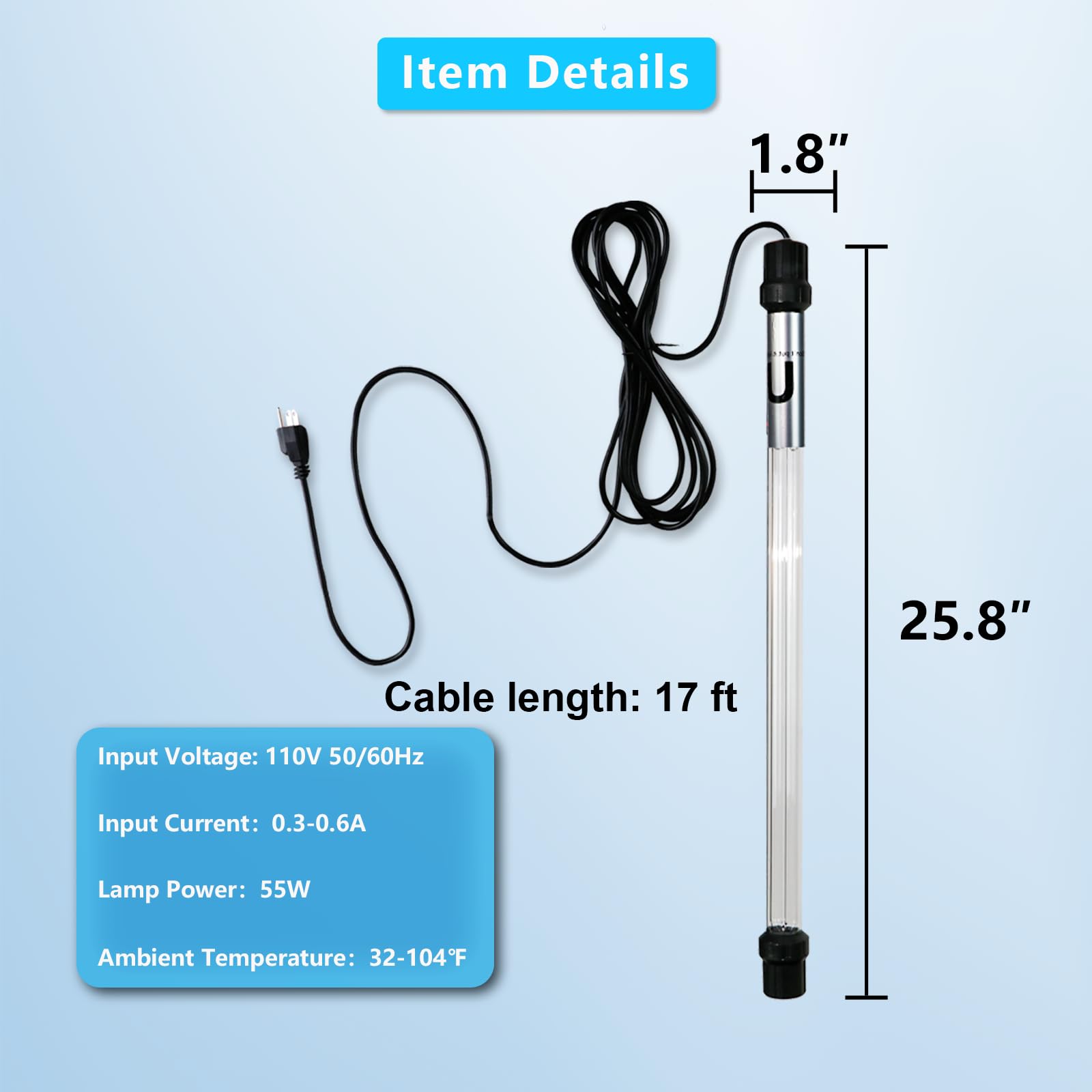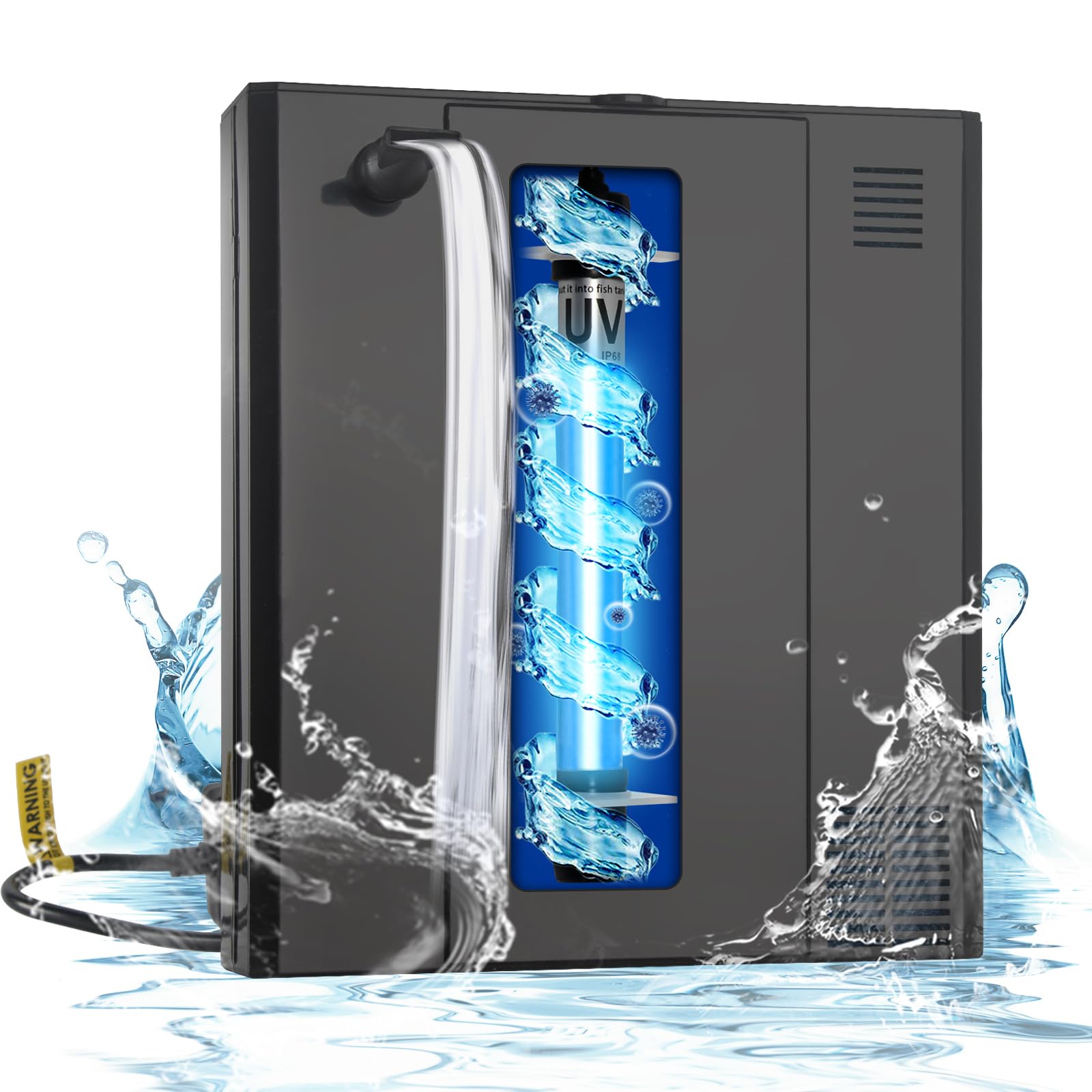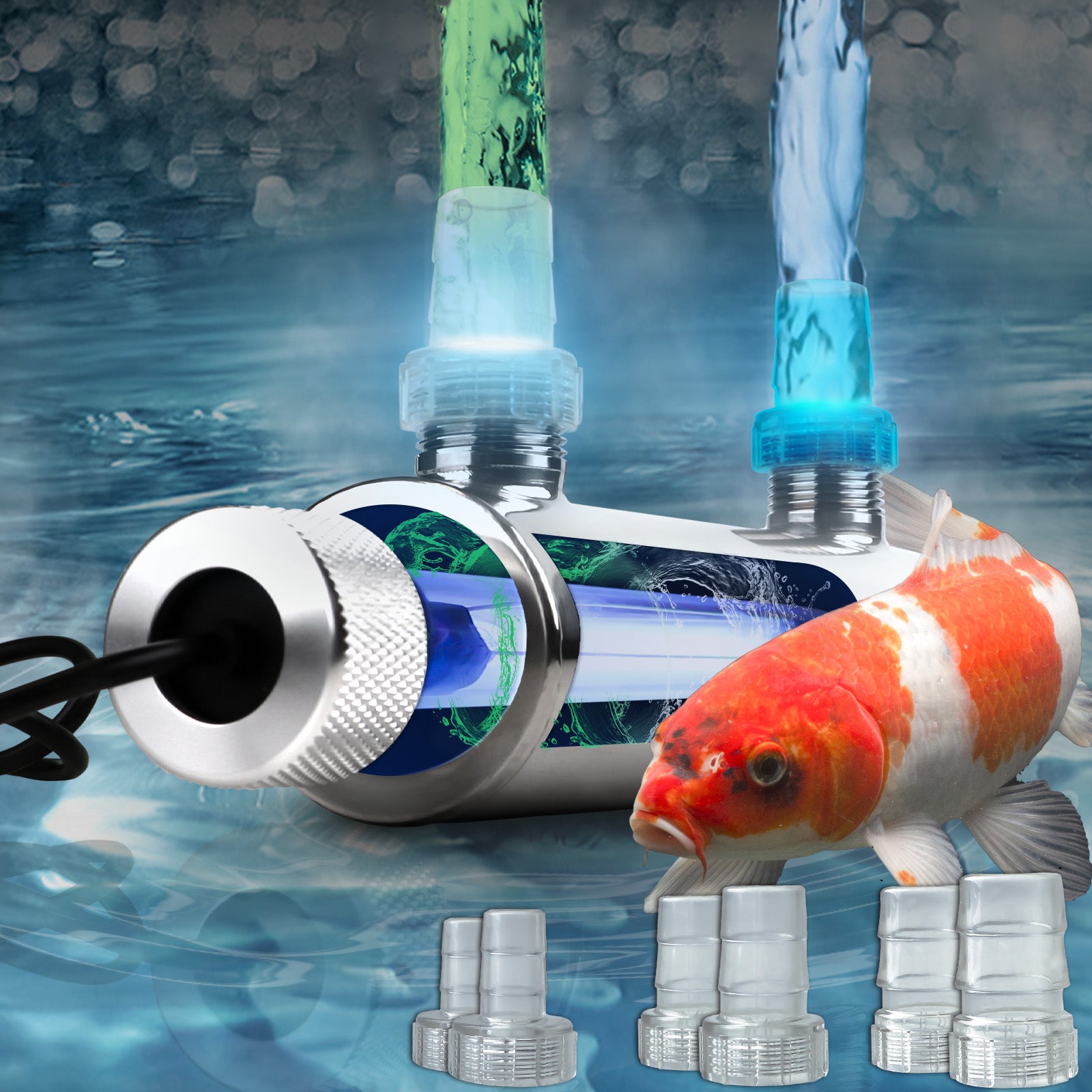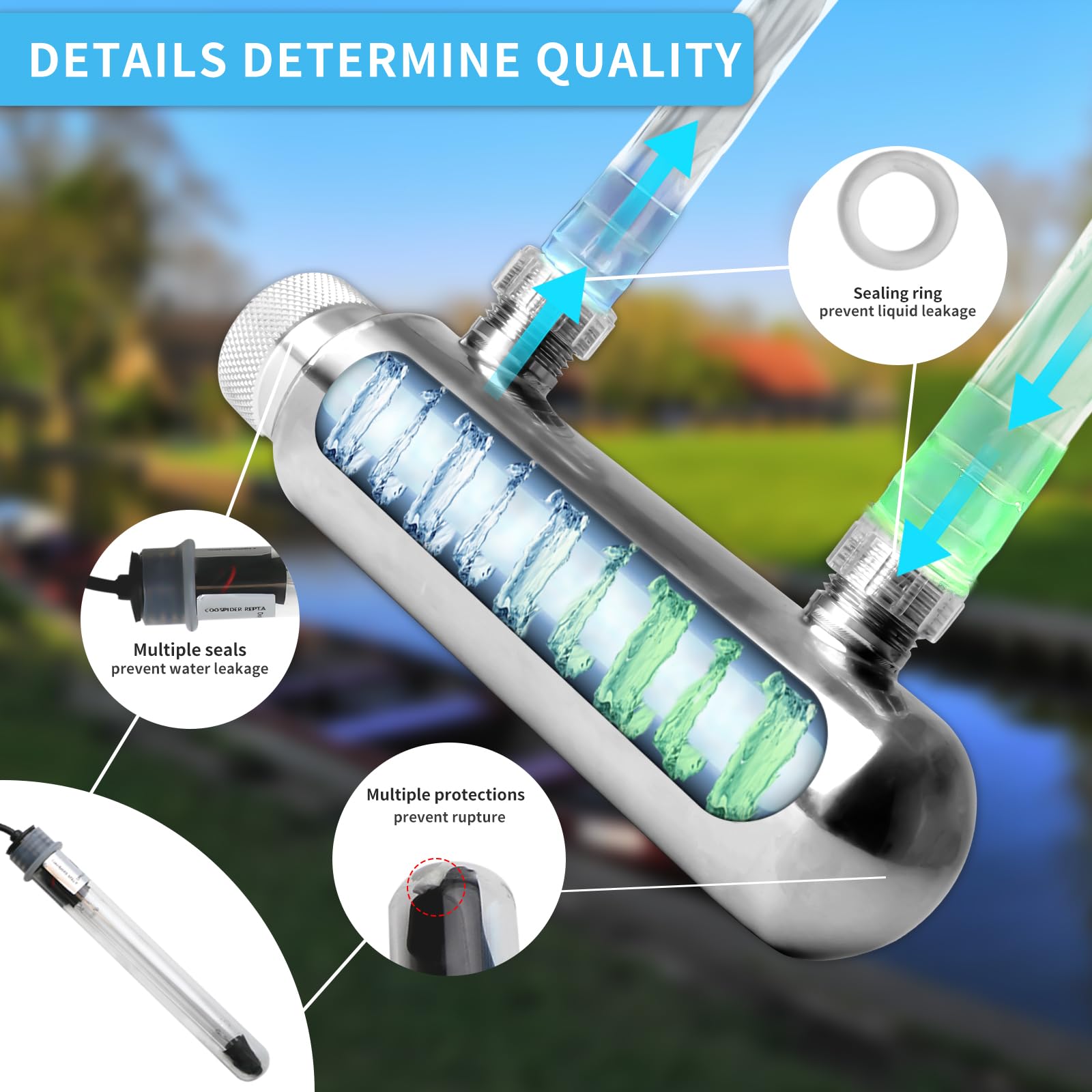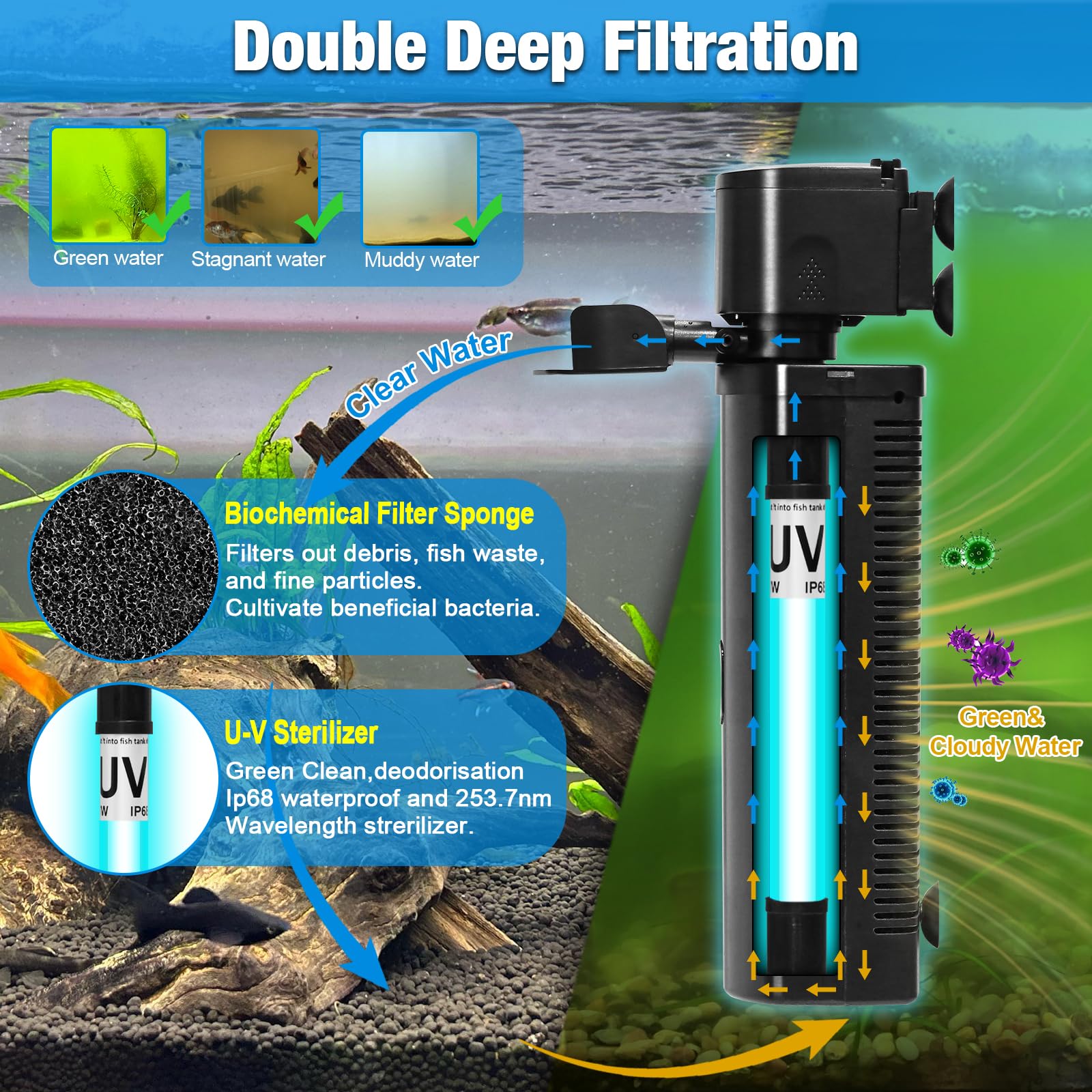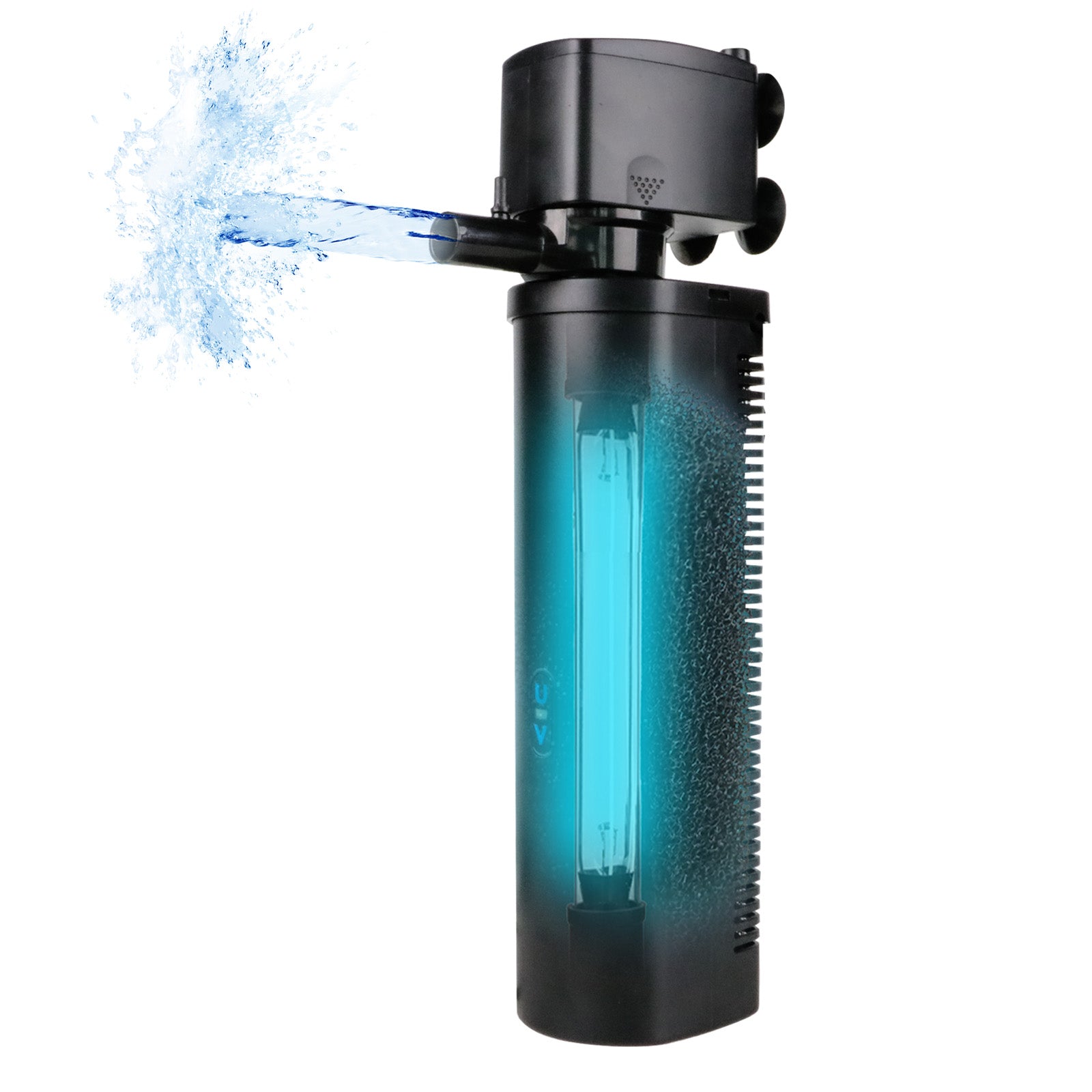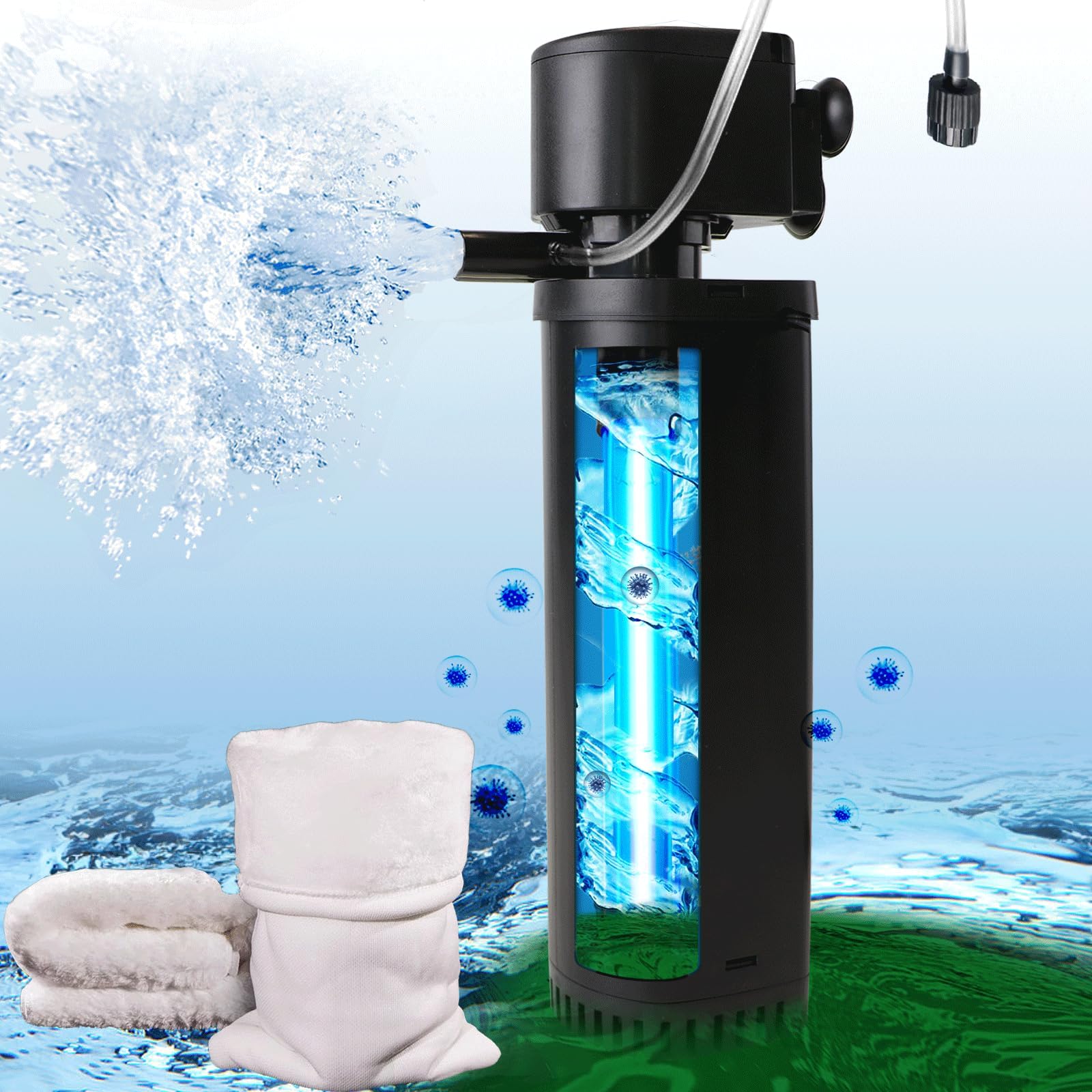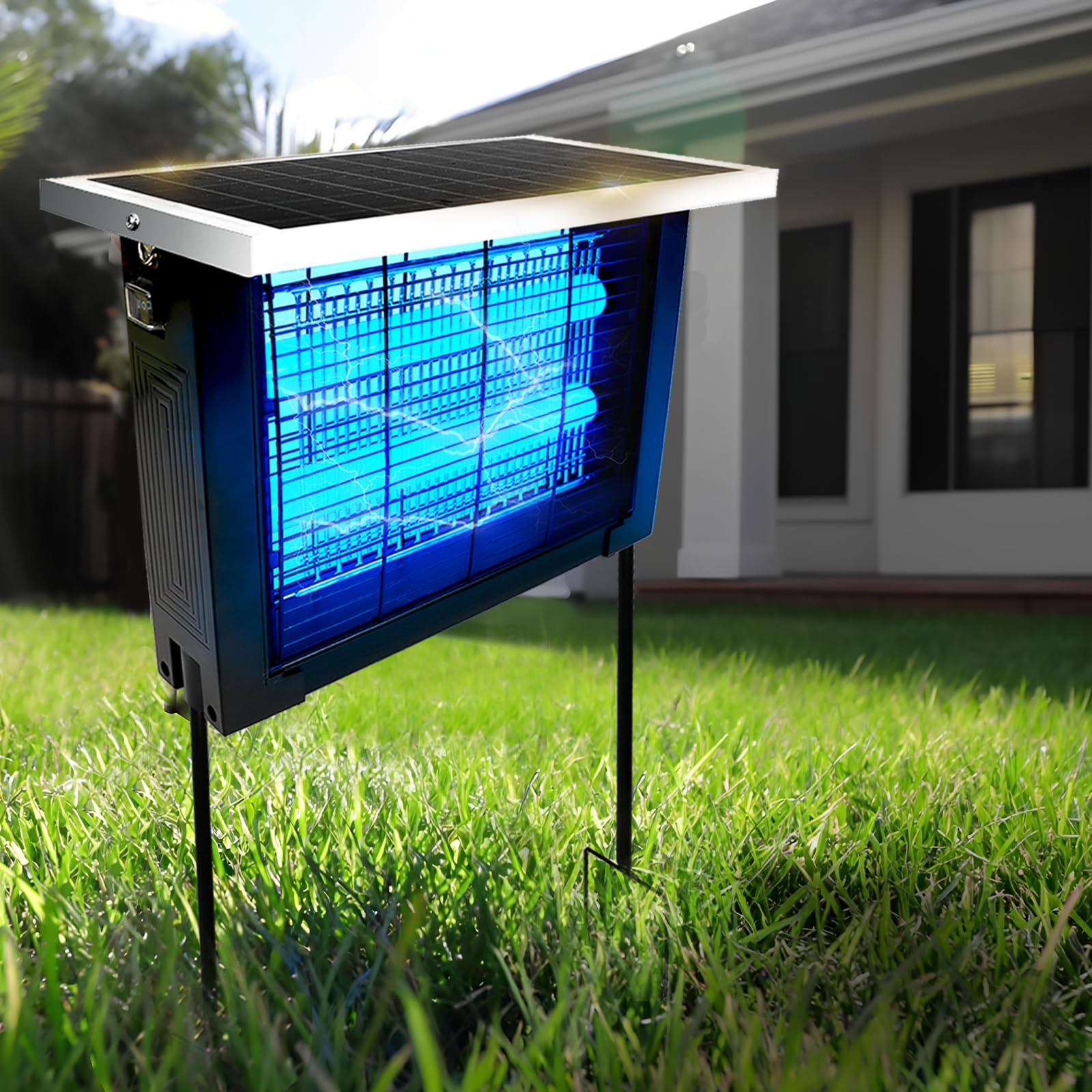Over the past few years, the aquarium industry has quietly undergone a technological revolution. From WiFi-enabled filters to AI-based feeders, smart devices are gradually reshaping how aquarists manage their tanks. But one product category has gained particular attention: smart aquarium heaters, especially those featuring remote control, app monitoring, and real-time alerts.
If you've ever struggled with unstable water temperatures, faulty thermostats, or unreliable cheap heaters, the idea of remotely controlling your heater from your phone sounds incredibly appealing. But the key question remains:
Is a smart, app-controlled aquarium heater actually worth the money, or is it just another overhyped gadget?
In this comprehensive review, we’ll break down the pros, cons, performance, safety, hidden costs, practical use cases, and real-world value of smart heaters. Whether you're a beginner aquarist or a seasoned fishkeeper with multiple tanks, this guide will help you decide whether upgrading to a remote-control heater is a smart investment—or unnecessary tech fluff.
1. Why Smart Heaters Are Trending: The Limitations of Traditional Heaters
Before we analyze smart heaters, it’s important to understand why they appeared in the first place.
A traditional aquarium heater, whether glass or stainless steel, typically comes with:
-
A built-in mechanical or digital thermostat
-
A fixed temperature dial
-
Limited precision
-
No safety alerts
-
No external redundancy
They get the job done—but they’re far from perfect.
Common Problems with Traditional Heaters
-
Overheating due to thermostat failure
When a heater’s thermostat gets stuck “ON,” temperatures can rise rapidly and kill fish within hours. -
Underheating due to calibration drift
Cheaper heaters can be off by 2–4°F without you noticing. -
Glass breakage
A cracked heater is both a shock risk and a heater failure. -
No transparency of real-time temperature
Unless you constantly check your thermometer, problems go unnoticed. -
Zero remote management
If your tank temperature starts dropping while you're at work or traveling, you simply won't know.
Smart heaters aim to solve these critical issues with technology.
2. What Makes a Heater “Smart”? Key Features Explained
A smart aquarium heater generally includes a combination of the following features:
✔ 1. Remote Control via Mobile App
Allows you to:
-
Turn the heater on/off
-
Adjust temperature settings
-
Switch operation modes
-
Check heater status in real time
✔ 2. Real-Time Temperature Monitoring
Smart heaters include high-accuracy digital temperature probes.
Via your phone, you can see:
-
Current water temperature
-
Target temperature
-
Heater operation status
-
Temperature trends over hours/days
✔ 3. Safety Alerts and Notifications
This is arguably the biggest advantage.
You get instant alerts if:
-
Water temperature rises too high
-
Temperature drops too low
-
Heater malfunctions
-
Power outage occurs
-
The sensor becomes disconnected
✔ 4. Dual-Sensor or External Controller System
Many smart heaters include:
-
Multiple temperature sensors
-
Separate external digital controllers
-
Automatic shutoff protection
These dramatically reduce overheating risks.
✔ 5. Voice Assistant Integration (Optional)
Some advanced versions work with:
-
Alexa
-
Google Home
✔ 6. Data History & Analytics
Useful for:
-
Breeding tanks
-
Discus and koi fry
-
Reef tanks
-
Seasonal outdoor tanks
Data can show how stable your temperature has been over time.
3. Real-World Performance: Do Smart Heaters Actually Work Better?
Let’s break down real usage scenarios.
3.1 Temperature Accuracy and Stability
Smart heaters often outperform traditional heaters because they use:
-
High-precision digital probes
-
Faster signal processing
-
External controllers
-
Real-time calibration
Most smart heaters maintain water temperature within:
±0.3–0.5°F,
while traditional heaters can drift to
±2–3°F.
This difference is massive for sensitive species like:
-
Discus
-
Stingrays
-
Arowana
-
Shrimp
-
Marine corals
3.2 Safety and Overheat Prevention
Traditional heaters are notoriously dangerous when they fail.
Smart heaters include:
-
Auto shut-off
-
Overheat protection
-
Low-water-level detection
-
Sensor failure alarms
In real-world use, this dramatically reduces tank crash incidents.
For large tanks (100+ gallons), this alone can justify the upgrade.
3.3 Remote Control: Convenience or Necessity?
Remote control is a luxury for some, a lifesaver for others.
When It’s Extremely Useful
-
You travel frequently
-
You maintain multiple tanks
-
You run breeding operations
-
You manage outdoor/garage tanks
-
You need precise seasonal temperature changes
When It’s “Nice to Have”
-
You only have one small tank
-
You are always home
-
Temperature rarely fluctuates
Remote control is NOT essential for everyone—but depending on your lifestyle, it can be a total game changer.
4. Hidden Benefits Most People Overlook
Smart heaters offer several advantages that aren’t advertised enough.
✔ 4.1 Early Warning Saves Money (and Fish)
Imagine you're on vacation.
Suddenly your heater fails.
With a traditional heater:
-
Your fish may die
-
Your tank may crash
-
You may return to a disaster
With a smart heater:
-
You get a phone alert
-
You can ask a friend or sitter to fix it
-
You can activate backup equipment
This can save hundreds or even thousands of dollars in livestock and coral.
✔ 4.2 Better for Cold Winters or Unheated Homes
Remote monitoring helps you respond to:
-
Cold snaps
-
Room heater failures
-
Garage temperature drops
This is especially important for:
-
Koi fry
-
Betta breeders
-
Shrimp farms
-
Reptile tanks
✔ 4.3 Fine-Tuning for Breeding Projects
Many breeding programs require:
-
Temperature ramps
-
Controlled day/night cycles
-
Seasonal simulation
Smart heaters allow scheduling and precision.
✔ 4.4 Multi-Tank Management
If you have 3–10 tanks, checking them individually is a chore.
Smart heaters centralize everything in one app.
5. Downsides: Smart Heaters Are Not Perfect
To give you a balanced review, here are the drawbacks.
❌ 1. Higher Price
Smart heaters cost 2–3× more than standard heaters.
Example:
-
Standard heater: $15–$30
-
Smart heater: $40–$120
Not every hobbyist wants to pay that premium.
❌ 2. Requires Reliable WiFi
No WiFi = no remote control.
If your tank is in a basement or garage, connection may be unstable.
❌ 3. More Complex Setup
Traditional heater: plug in and walk away.
Smart heater:
-
Download app
-
Pair device
-
Configure alerts
-
Set permissions
-
Connect sensors
Not everyone likes the added complexity.
❌ 4. App or Firmware Issues
Software-based devices can suffer from:
-
App crashes
-
Server outages
-
Delayed notifications
Hardware rarely fails—but apps sometimes do.
❌ 5. Slightly larger controller footprint
External controllers add cable bulk, which some people dislike.
6. Who Should Definitely Buy a Smart Heater?
You should strongly consider a smart heater if:
✔ You keep expensive livestock
(e.g., discus, corals, stingrays, arowana)
✔ You travel frequently
Fish shouldn’t die just because you’re away.
✔ Your tank is in a cold or unstable environment
Basements, garages, outdoor rooms, commercial spaces.
✔ You manage multiple tanks
Smart heaters drastically simplify care.
✔ You run breeding projects
Temperature control = breeding success.
✔ You want maximum safety
Overheat alerts alone are worth it.
7. Who Probably Doesn’t Need One?
A smart heater may be unnecessary if:
-
You have a single small tank
-
Your room temperature is stable year-round
-
You’re always home
-
Your livestock is hardy (goldfish, guppies, mollies)
-
You’re strictly budget-conscious
A standard stainless-steel heater works perfectly fine in these situations.
8. Smart Heater Value Score Breakdown
Here is an objective scoring system (1–10 scale):
| Category | Smart Heater Score | Traditional Heater Score |
|---|---|---|
| Safety | 10 | 6 |
| Accuracy | 9 | 6 |
| Durability | 8 | 7 |
| Convenience | 10 | 4 |
| Setup Difficulty | 4 | 9 |
| Price | 4 | 10 |
| Emergency Protection | 10 | 3 |
| Long-Term Reliability | 9 | 6 |
| Multi-Tank Management | 10 | 3 |
| Value for Travelers | 10 | 5 |
Overall Rating:
⭐ Smart Heater: 8.4 / 10
⭐ Traditional Heater: 6.3 / 10
Smart heaters clearly win—but only if you can justify the price and complexity.
9. Final Verdict: Is a Smart, Remote-Control Heater Worth Buying?
Short Answer:
Yes—if you value safety, accuracy, and peace of mind.
Long Answer:
A smart heater isn’t just a fancy toy. It solves real, longstanding problems in the aquarium hobby:
-
Heater failures
-
Temperature instability
-
Lack of real-time monitoring
-
No remote management
-
Unpredictable emergencies
For people with valuable fish, multiple tanks, or unpredictable schedules, a smart heater is nothing short of a lifesaver.
Is it worth buying for everyone?
No.
If you have a simple setup and stable environment, you may never need remote control.

